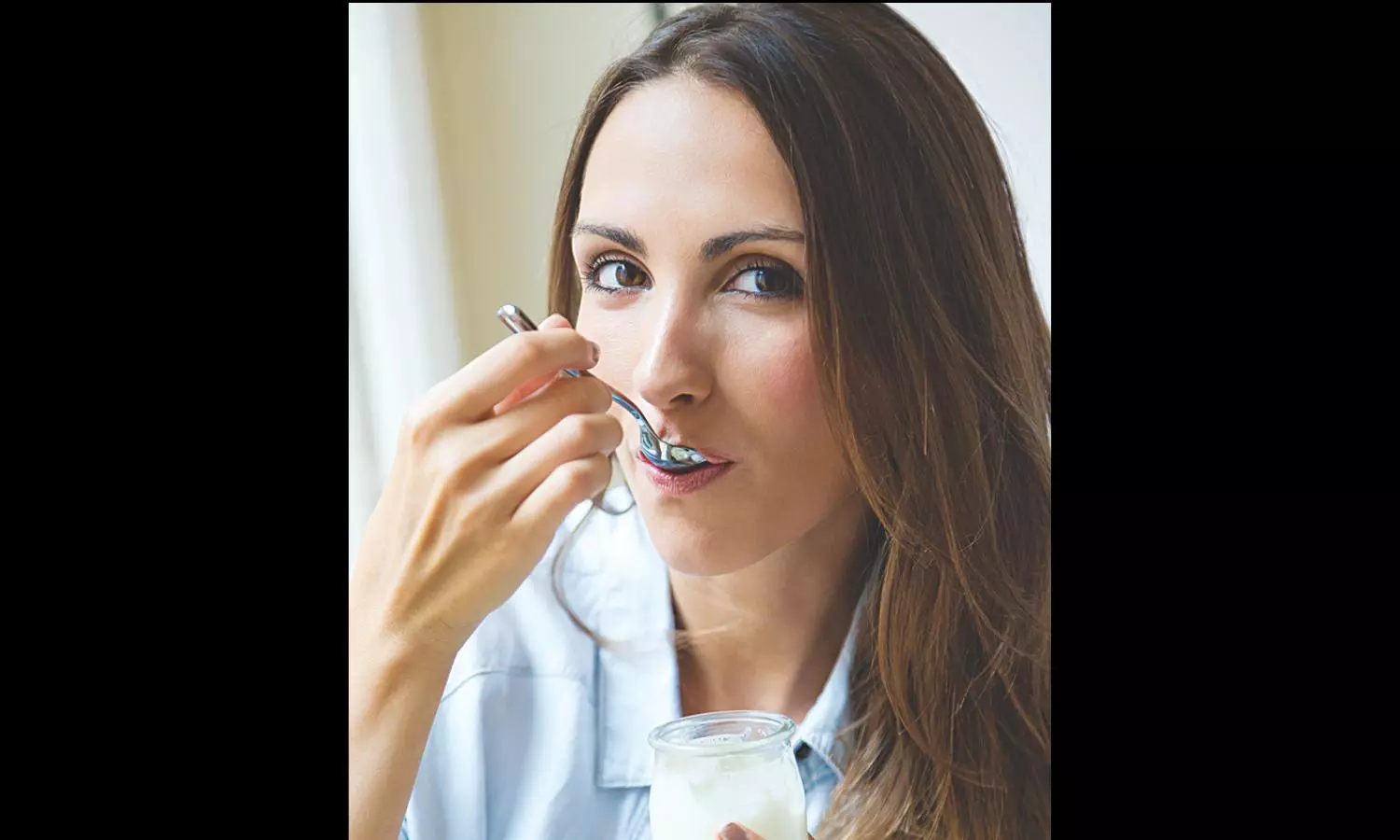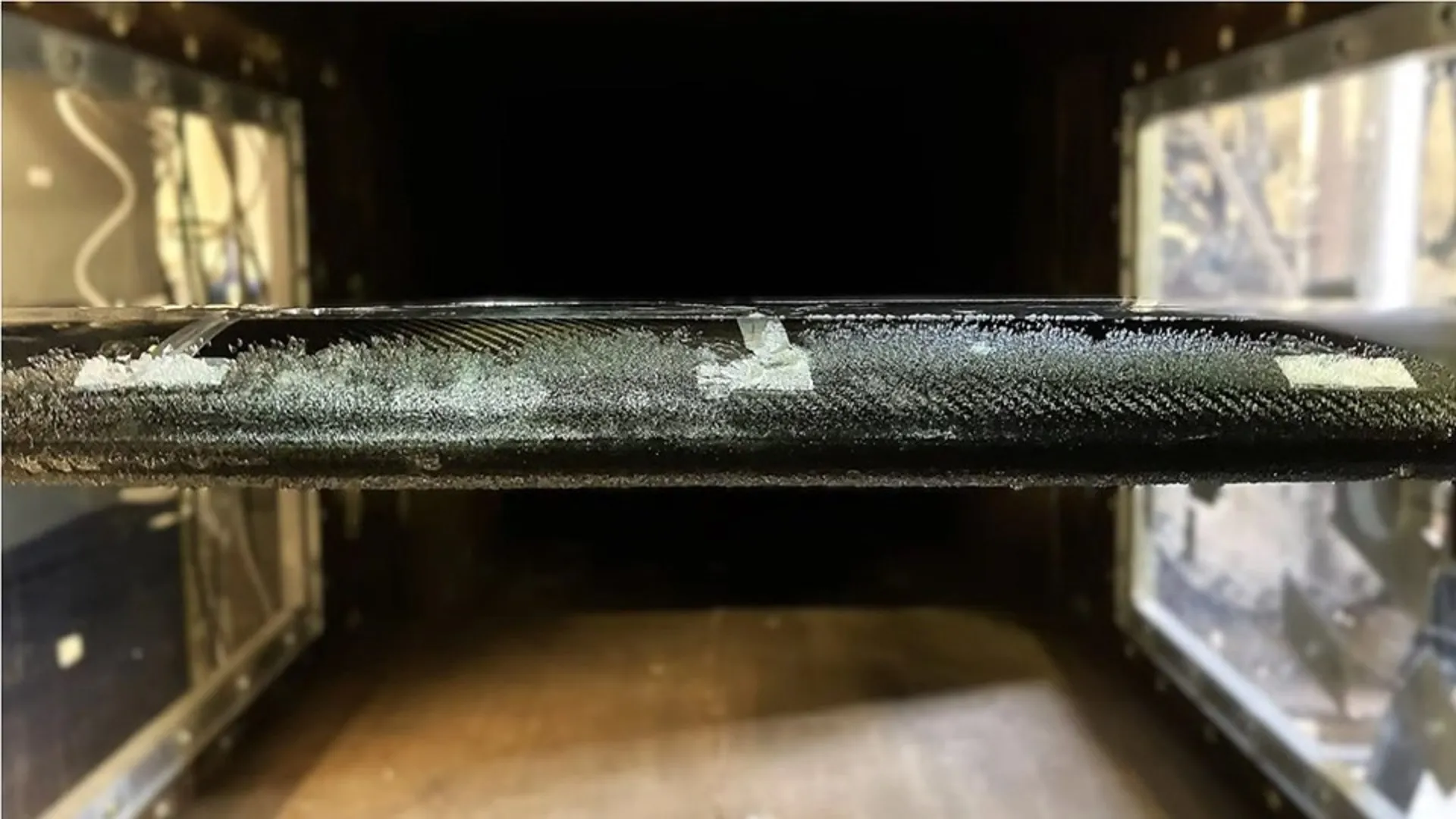Copyright deccanchronicle

For most of us, “vanilla” is synonymous with something plain, simple, or even boring. It’s the flavour we reach for when we don’t want to take risks. Yet, ironically, real vanilla is one of the most complex and luxurious flavours on earth — second only to saffron in price. What most consumers know as “vanilla,” however, is rarely the real thing. Across supermarkets, bakeries, and even ice cream parlours, the label “vanilla” often hides a cheaper impostor. Synthetic vanillin — a lab-produced compound that mimics one of the hundreds of flavour molecules in real vanilla — has become the global standard. Over time, our taste buds have quietly adjusted to this imitation, blurring the line between authentic and artificial. Science of ‘Fake’ Flavour Real vanilla comes from the cured pods of the Vanilla planifolia orchid, a delicate plant native to Mexico and now grown in Madagascar, Tahiti, and parts of India. Its flavour complexity stems from over 250 distinct aromatic compounds that unfold in layers—floral, woody, spicy, and subtly smoky. Vanillin, on the other hand, represents just one of these compounds. While it provides the recognizable “vanilla note,” it lacks the depth and nuance that make real vanilla so mesmerizing. The synthetic version, derived from lignin (a byproduct of paper manufacturing) or guaiacol (a petroleum derivative), delivers a strong but flat sweetness. “Artificial vanillin hits the taste buds instantly, but it disappears just as fast,” says Chef Nitu Dey, pastry consultant at a leading Mumbai culinary institute. “Natural vanilla lingers — it blooms as you eat, revealing hidden layers. It’s like the difference between listening to a live orchestra and a ringtone.” Consumer Palate The shift toward artificial vanilla wasn’t entirely by choice. After World War II, growing global demand and limited orchid cultivation made natural vanilla expensive and scarce. Food companies needed a stable, affordable flavouring, and synthetic vanillin filled that gap perfectly. Over the decades, the imitation became so widespread that an entire generation grew up never tasting the real thing. This transformation has had subtle but lasting effects. Because taste is learned through repetition, consumers’ palates adapted to the simplified sweetness of vanillin. As a result, many people now find true vanilla almost “too strong” or “oddly woody” — ironic, considering that’s how it’s supposed to taste. Dr. Shilpa Bhosle, a sensory scientist at the Indian Institute of Food Processing Technology, explains: “Our sensory memory evolves with exposure. When imitation flavours dominate a market, people begin to perceive them as the authentic standard. Real vanilla feels foreign because our reference point has shifted.” The Comeback Interestingly, India is now playing a small but growing role in reviving real vanilla appreciation. Farmers in Kerala, Karnataka, and Tamil Nadu are rediscovering the value of cultivating vanilla orchids, encouraged by the global demand for natural ingredients. However, growing vanilla is a patient farmer’s game. Each flower must be hand-pollinated, and the curing process can take months. The result, though, is worth it — a single pod can transform a dessert with its aroma and texture. Gourmet bakers and artisanal ice-cream makers in cities like Bengaluru and Pune are beginning to highlight “real vanilla” on their menus as a badge of authenticity. The Price of Purity The stark price gap remains the biggest deterrent for most consumers. A bottle of synthetic vanilla essence might cost ?100, while pure extract made from cured beans can cost ten times more. But in the culinary world, a little goes a long way. Because of its intensity, even a few drops of real vanilla extract can infuse desserts with layers of aroma that imitation versions can’t match. Chefs say that understanding this difference can transform how we experience flavour. “We’ve been conditioned to think of vanilla as basic,” says Chef Dey. “But when you bake with real vanilla, you realize it’s anything but. It can elevate chocolate, balance fruit acidity, and even round off savoury sauces.” True Taste Chase Vanilla isn’t alone in its identity crisis. Wasabi and turmeric — two ingredients deeply rooted in cultural and medicinal traditions — have faced similar fates in the age of imitation. What most diners outside Japan know as “wasabi” is usually a blend of horseradish, mustard, and green food colouring, bearing little resemblance to the fresh, fiery, and fleeting heat of real Wasabia japonica. Likewise, the golden glow in many “turmeric” products often comes from adulterated powders bulked up with starches or artificial colourants, stripping away the earthy bitterness and curcumin-rich health benefits of genuine turmeric. Over time, these shortcuts have numbed our sense of authenticity. Just as synthetic vanillin taught us to settle for less, imitation wasabi and diluted turmeric have trained our palates — and...



